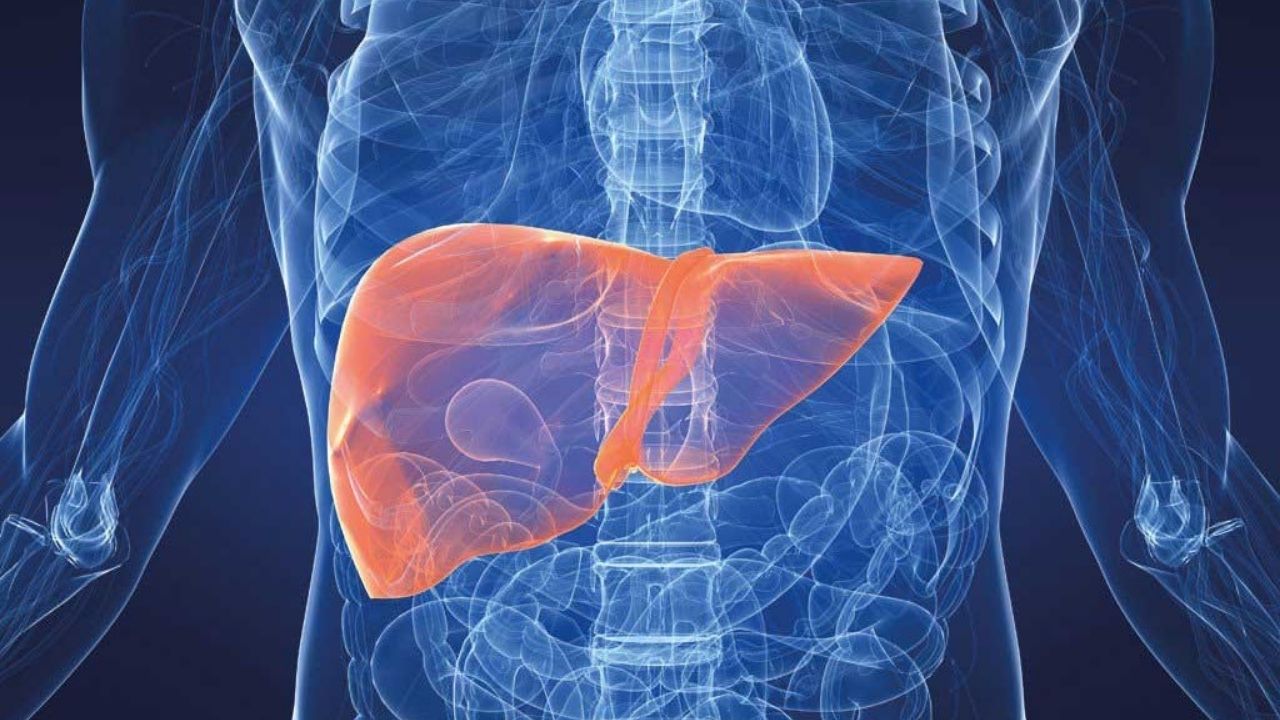According to the European Centre for Disease Prevention and Control (ECDPC), nearly 450 children have been affected by mysterious acute hepatitis worldwide.
The World Health Organization (WHO) confirms that 21 countries have now reported cases of ‘severe hepatitis of unknown origin’ among children, who are mostly under the age of 10.
The United Kingdom was the first country to report the liver disease, which has now led to 12 deaths in various parts of the world including Indonesia, Ireland and the US.
India too is grappling with a spike in unexplained hepatitis among children who’ve tested positive for COVID-19.
Hepatitis is a condition in which the liver becomes inflamed and damaged, affecting various bodily functions. Drinking too much alcohol, prevalence of toxins in the body, overuse of certain medications can all lead to hepatitis.
However, the recent surge in acute hepatitis cases among kids have been attributed to a particular adenovirus, type 41. Adenoviruses are a common family of viruses responsible for infections such as mild cold or flu or other eye infections.
UK reports suggest out of 176 cases , 126 have been tested for the adenovirus, of which 91 have tested positive with the virus.
The ECDPC has said, “Other hypotheses and possible cofactors are under investigation. Most cases continue to be reported as sporadic un-linked cases.”
Acute hepatitis in children can arise with various symptoms. It includes:
– Nausea
– Vomiting
– Diarrhea
– Malaise
– Loss of appetite
In severe cases children may show signs of jaundice including yellowing of the skin, dark urine and pale stools.
Certain types of hepatitis including hepatitis A and B can be prevented with routine vaccines.
There are two types of hepatitis A vaccine. According to the US Centers for Disease Control and Prevention (CDC), the first type, which is a single-dose hepatitis A vaccine, is to be given as two shots 6 months apart, and both shots are needed for long-term protection against hepatitis A.
The other type is a combination vaccine that protects people against both hepatitis A and hepatitis B.

 English
English






